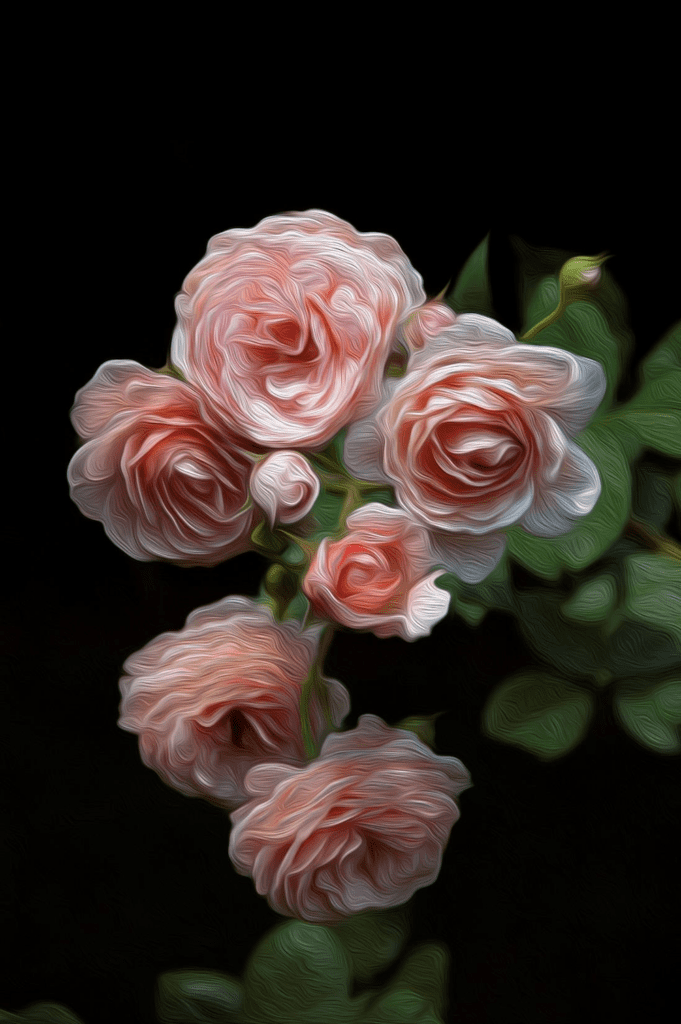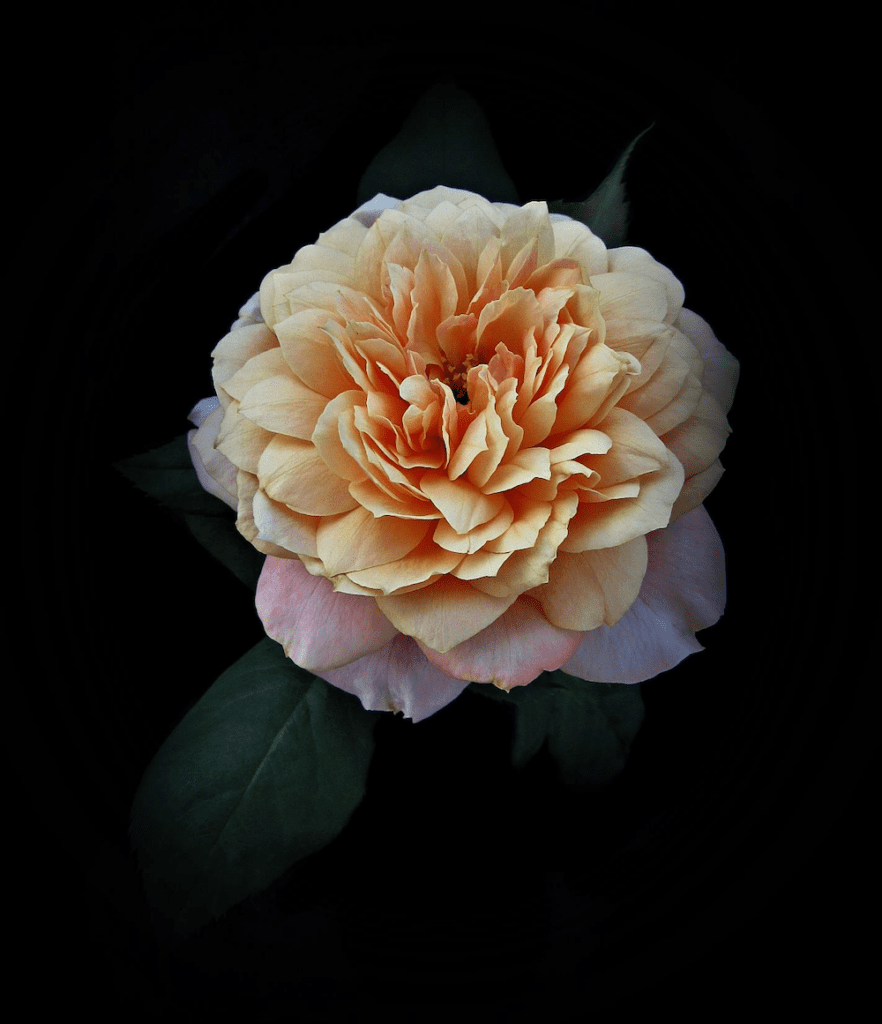American Rose Society Picks Annual Photo Contest Winners
By Jill Brooke

There is an art to photographing roses just as there is a technique to growing them.
Because the American Rose Society embraces and explores all aspects of this beloved national flower and symbol of love, it has an annual photography contest each year.
There are many classes and opportunities to win an award. For each class, four ribbons are awarded.
However, there is a caveat. Since this organization promotes the outdoor growing of roses, this competition doesn’t apply to cut flowers indoors.
Here is a sampling of some of our favorite winners.
For those who are inspired by some of these enchanting and stunning photographs, you too can submit your photographs by November 05, 2020, for next year’s judging. Though you must be an ARS member – but it’s worth it. The team there are devoted to the flower and also provide pertinent and helpful information for growing roses in all climates and locations. It has been providing this service since 1892.
Enjoy this sampling of what our editors swooned over and if you want to see more, visit the American Rose Society website. After all, the rose pollinates literature, art, fashion and life in the most glorious ways.

In the oldie but goodie department, we loved this sublimely lovely example of the intricate layers of garden roses. Shot by Neil Evans of a William Morris in oil, this won in the category of Abstract or Impressionism.

Another winner in this category was this shot of a rose on fire by Kristine Russell and is of a T.H.Coop. Because it is also judged on originality, this photo evokes a feeling of love. But what kind of love? To some, it represents the passion and heat of enduring love. To others, it could trigger thoughts of how love is burning out. That’s why it was such a winner from our team of judges.

This shot of one bloom or spray of an Old Garden Rose, Shrub, Species, Polyantha, or Large-Flowered Climber showed how modern lives in the classic. It was shot by Norman Rescot.

Because last year coral and orange were so popular, we welcomed this shot by Matthew Gerber. It won the best novice category. Orange roses symbolize fascination and friendship and that is always welcome – since love comes in many shapes and forms.

We especially appreciated this photo of a rose garden which is hard to accomplish well. Often these garden shots look too expansive stew with little detail. But this shot by Jolene Angelos of an English garden sunset captured the light as though it was dancing through the garden. It was a team favorite.

For macro photography, Rod Hoover captured a nice close up of a part of the rose. You can literally see the hairs stand up.

Last but not least, this shot is aptly titled “State of Grace.” This was a 1st Place Winner by Stan Griep for one bloom, fully open with no side buds but the stamens must show.
We at Flower Power Daily encourage people to see the world through flowers and promise that life is happier and brighter by this approach. There are many ways to see flowers. If you are wondering what all the classes are to enter the American Rose Society contest, we will present them to you.
With iPhones, you can also take fabulous photos – though better cameras are ideal. It’s about looking at the world and finding beauty, especially through flowers, and especially the rose. The world seems a better place with roses in it.
Here are the classes to participate in:
1: One bloom, no sidebuds, of Hybrid Tea, Grandiflora, Minature, Miniflora, and
Floribuda classifications of roses. Roses designated as “single” (eg. Single HT, etc.)
must be entered in class 2.
2: One bloom, fully open, no side buds, stamens must show. Roses classified by the
ARS as “singles” ARE permitted in this class. Hybrid Tea, Grandiflora, Minature,
Miniflora, and Floribuda classifications of roses are in this class.
3: One spray, two or more blooms, Hybrid Tea, Grandiflora, Minature, Miniflora, and
Floribuda classifications of roses are in this class. This class does NOT include
collections.
4: One bloom or spray of an Old Garden Rose, Shrub, Species, Polyantha, or Large
Climber. Spray photos do NOT include collections.
5: A photo of a Traditional arrangement, miniature or standard, following the American
Rose Society Guidelines for Judging Rose Arrangements. Roses do not need to be
identified. The name of the arranger MUST be listed.

6: A photo of a Modern arrangement, miniature or standard, following the American
Rose Society Guidelines for Judging Rose Arrangements. Roses do not need to be
identified. The name of the arranger MUST be listed.
7: A photo of an arrangement in the Oriental Manner, miniature or standard, following
the American Rose Society Guidelines for Judging Rose Arrangements. Roses do not
need to be identified. The name of the arranger MUST be listed.
8: Abstract or Impressionism: The photograph should evoke a sense of originality; a
new and different way of imagining the rose or roses with the mind’s eye. This may
include processes used to alter the original image such as colorizing, black & white,
texturizing, dodging, burning, dithering, painting, shadowing, blurring, layering, cloning,
filtering, merging, cropping, etc. The name of the rose is NOT required in this class but can be used.
9: Garden: A photo of any rose garden. Photographs should show the use of roses
within the structure of a garden, which can be widely variable. Roses should dominate
in the photograph, and some layout of the garden should be visible. Roses do not need
to be identified. If a public garden is used, the name of the garden MUST be listed.
10: Seedling: A photograph of any seedling which is not currently registered/named.
This can be any type of rose. Example of naming the entry would be 10a-Mark Jones
Seedling-Aumiller. The name of the hybridizer MUST be listed.
11: Macro Photography: Photographs should be EXTREME closeup photo of any part of
the rose or rose plant. This would include prickles, leaves, etc. Color, Black & White,
Sepia, or combinations of these are permitted in this class. Roses MUST be identified.
12: Novice Class: Open only to those ARS members who have not previously won an
award (first through fourth place) in the ARS American Rose Digital Photo Contest.
Eligible contestants may enter either the novice or the regular classes, but not both.
Those entering the novice class may enter any class, 1-11 by preceding the class
number with the number 12 (Class 12-1, 12-2, 12-3, etc.). There will be four winners
(first place through fourth place), and the first-place winners will be eligible for the Best
in Show Award.

13: Master Class: Eligible contestants may have six entries each in the following four
classes by preceding the class with the number 13 (Class 13-1, 13-2, 13-3 etc.). There
will be six winners (first through sixth place) in each class (13-1 through 13-6) and the
first-place winners will be eligible for Best in Show award. Contestants who qualify for
this class are ineligible to compete in other classes. Only one photo per variety
permitted in each class. Contestants may only have one entry in class 13-8 and there
will be only ONE winner in this class (this is Challenge Class).
13-1: One bloom, any classification. No sidebuds are permitted.
13-2: A spray of roses (2 or more blooms) of any classification. This class does NOT
include collections.
13-3: An arrangement, either standard or miniature, following the American Rose
Society Guidelines for Judging Rose Arrangements. Roses do not need to be identified.
The name of the arranger MUST be listed.
13-4: Abstract or Impressionism: The photograph should evoke a sense of originality; a
new and different way of imagining the rose or roses with the mind’s eye. This may
include processes used to alter the original image such as colorizing, black & white,
texturizing, dodging, burning, dithering, painting, shadowing, blurring, layering, cloning,
filtering, merging, cropping, etc. The name of the rose is NOT required in this class but can be used.
13-5: A photo of any rose garden. Photographs should show the use of roses within the
structure of a garden, which can be widely variable. Roses should dominate in the
photograph, and some layout of the garden should be visible. Roses do not need to be
identified. If a public garden is photographed, the name of the garden MUST be listed.
13-6: Macro Photography: Photographs should be EXTREME close-up photo of any
part of the rose or rose plant. Color, Black & White, Sepia, or combinations of these are
permitted in this class.
13-7: Seedling: A photograph of any seedling which is not currently registered/named.
This can be any type of rose. Example of naming the entry would be 10a-Mark Jones
Seedling-Aumiller. The name of the hybridizer MUST be listed.
13-8: Cycle of Bloom: An entry of three photographs of one variety showing the three
stages of development; one bud with petals beginning to unfurl, one at exhibition stage,
and one fully open with stamens visible, each stage exhibited in a separate photograph.
This class is NOT eligible for the Best in Show award.
14: Youth Class: A photo of one bloom, any classification or a spray of roses (2 or more blooms) of any classification. For all entrants under the age of 16. Exhibitor must list their age on the entry form.
15: Judges Class: This class is open to judges of the ARS Magazine Digital Photo
Contest each year. Judges can enter 2 photos that could be entered in the regular
show (classes 1-11). This class is NOT eligible for the Best in Show award.

Hopefully, this inspires you or your family members to start taking pictures. It’s also a fun family project to do together.
Jill Brooke is a former CNN correspondent, Post columnist and editor-in-chief of Avenue and Travel Savvy magazine. She is an author and the editorial director of FPD.
Photo Credit: American Rose Society
